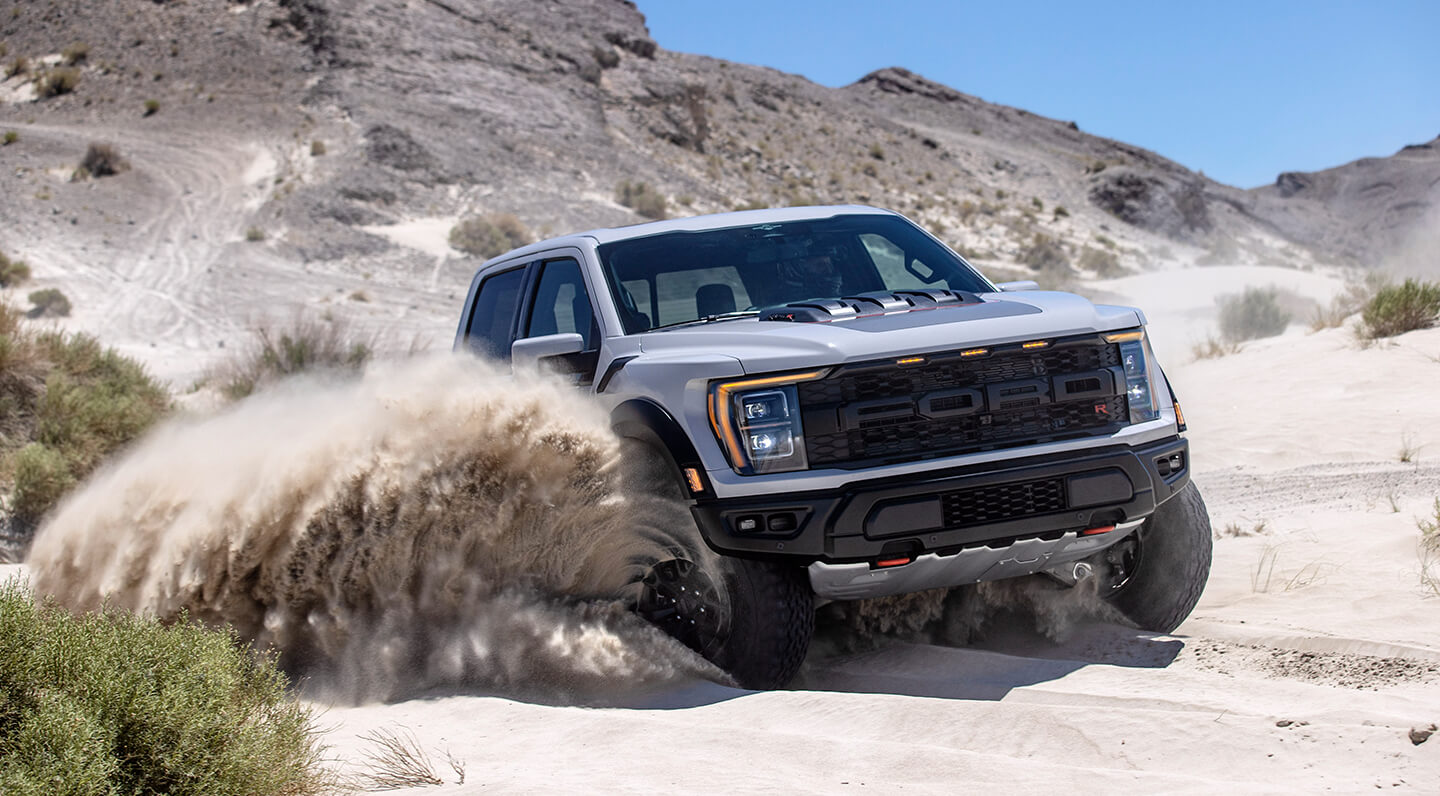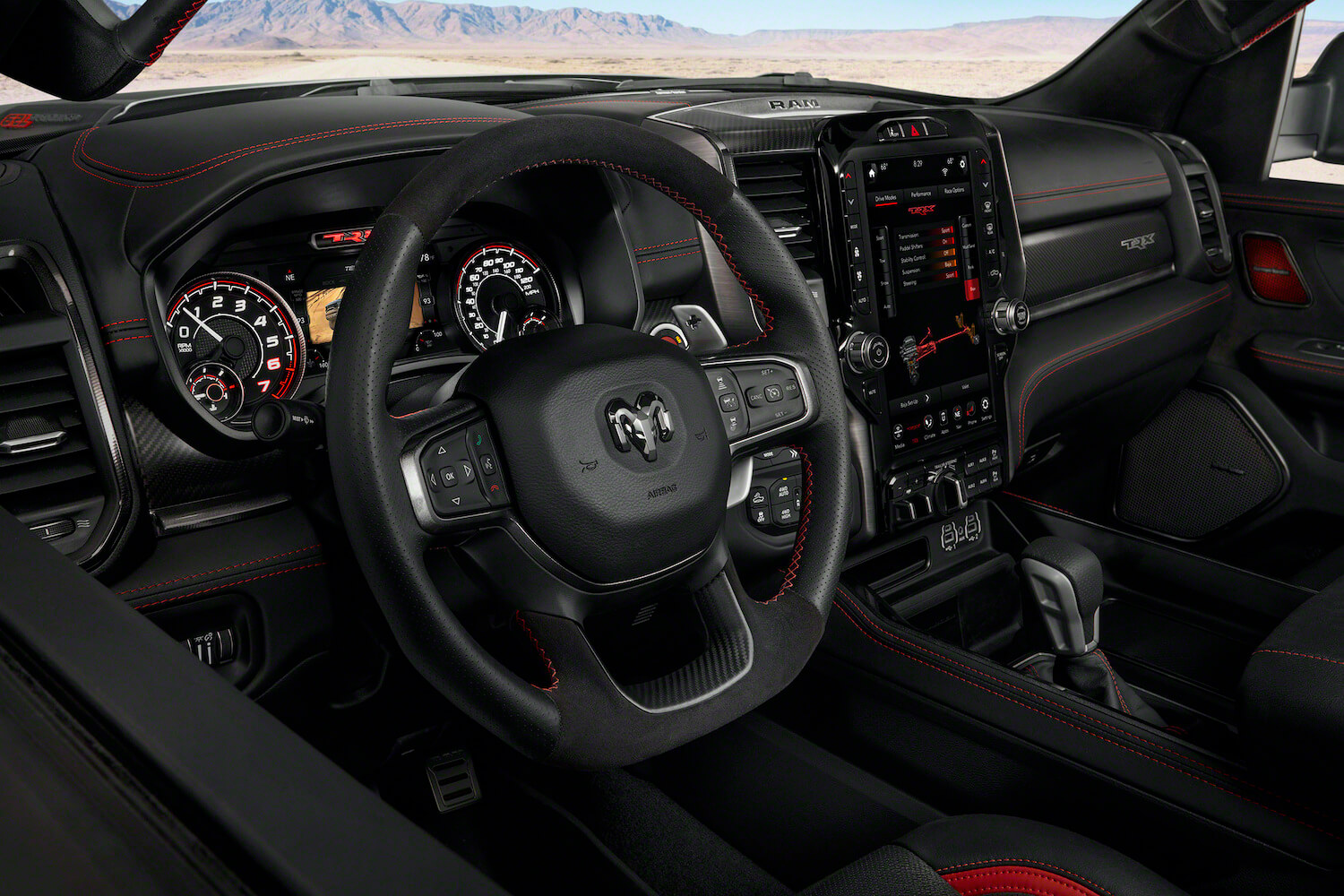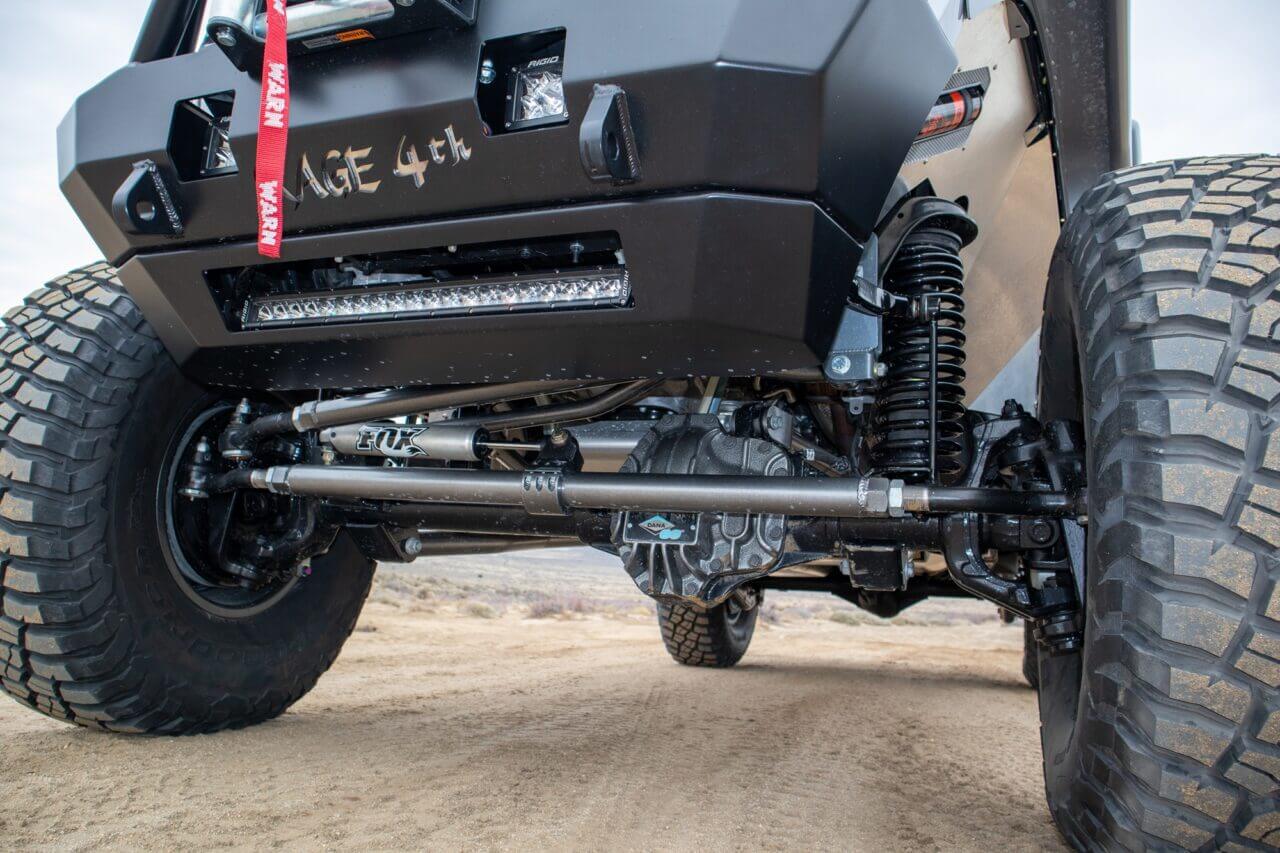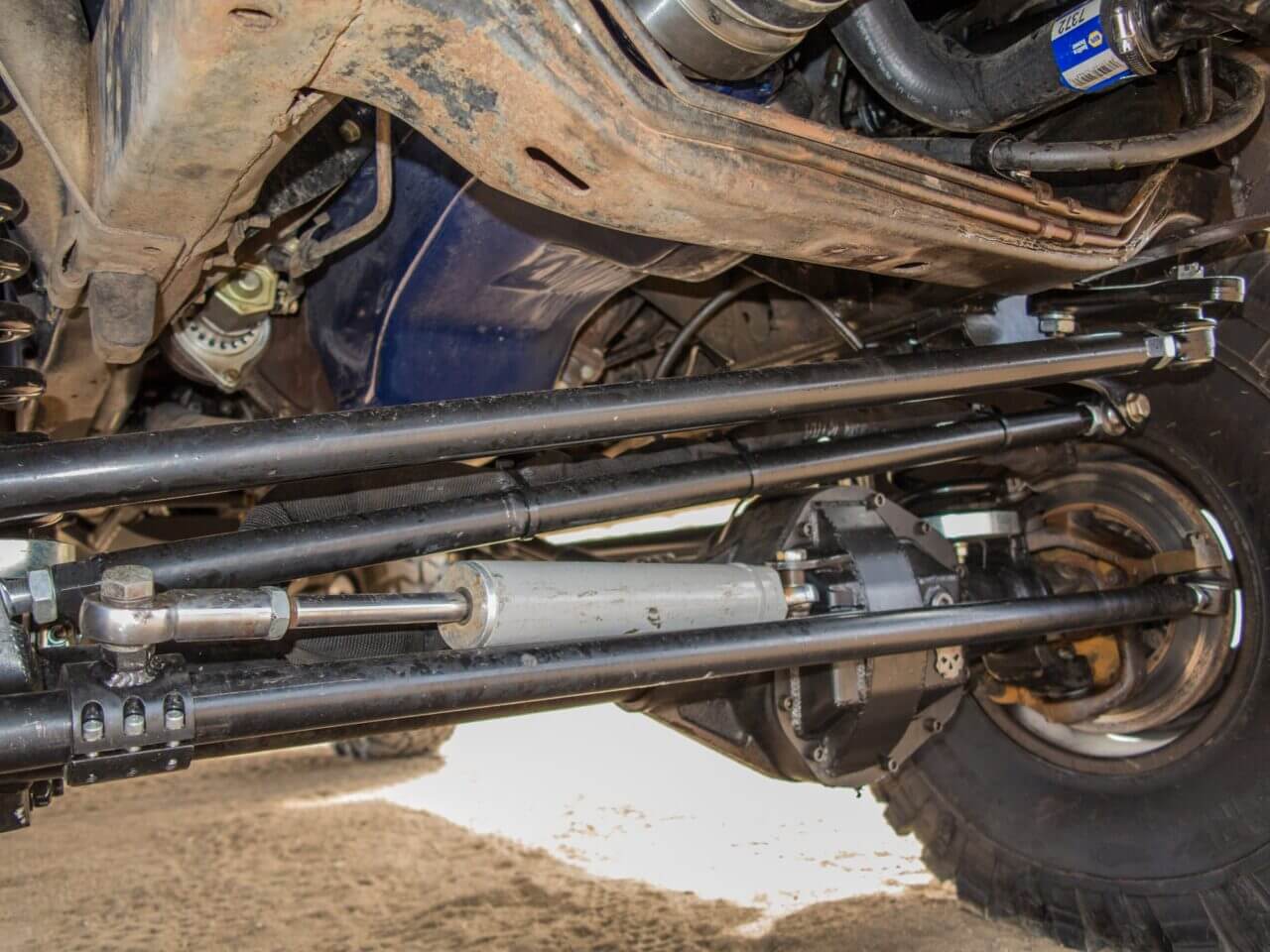
While the required steering effort is reduced when the wheels are rotating and the car is on the move, slow maneuvers such as parking require significant exertion. Small wonder, then, that systems to assist steering, known as power steering, were developed as early as 1903! In this article, we will explain the two main types of power steering and present a complete comparison of them.
Are you looking to upgrade your off-roader’s steering system? We’ve got a comprehensive range of components, including steering racks, steering gearboxes, power steering systems, tie rod assemblies, steering blocks, steering shafts, and more for you to choose from.

What Type of Steering Does Your Vehicle Use?
There are two major types of power steering used in modern vehicles. They are electric power steering systems and hydraulic power steering systems, and each have their pros and cons.
If you’re wondering what kind of steering system your vehicle uses, there are a few ways to check. Someone well-versed in automotive engineering can sometimes identify the steering system through driving feel alone. For a layperson, the easiest way is to check the owner’s manual or vehicle specification from the manufacturer’s website, as the information will be readily available.
Another avenue is to pop the hood and have a look for the presence of a power steering fluid reservoir. This takes the form of a plastic bottle with a marked lid, much like the brake fluid and coolant reservoirs. If such a reservoir is present, your vehicle uses hydraulic power steering, while the absence of such a reservoir signifies that your vehicle uses electric power steering. There are some exceptions, however, in the case of vehicles that use electro-hydraulic power steering.
Electric Power Steering
Electric power steering (EPS) is the most common type of power steering on modern vehicles, as it carries a range of benefits over the older hydraulic power steering system. A sensor is connected to the steering wheel and detects driver input, translating it into movement of the front wheels via an electric motor equipped steering rack. Electric power steering systems still maintain a physical connection between the steering wheel and the front wheels of the vehicle for the sake of safety and control in the event of the EPS system failing.
Pros of Electric Power Steering
- Can provide variable assistance, increasing power assist under low speed conditions such as parking, and decreasing it at higher speeds to enhance control of the vehicle by the driver.
- Offer a significant fuel economy benefit, as the electric motor consumes less power than the hydraulic pump of a hydraulic power steering system.
- There are no fluid levels to maintain or fluid leaks to worry about.
- The vehicle’s engine does not need to be running to provide steering assistance, making this system preferred for use in hybrid vehicles.
Cons of Electric Power Steering
- It provides little to no feedback through the steering wheel, leading to a relatively lifeless feel. Keen drivers do not like this characteristic as you do not get a sense of how the front wheels are reacting to the road surface.
- More fragile than hydraulic power steering systems under high load conditions such as moderate to intensive off-roading.
- A rare kind of failure in the EPS system can cause the motor to run permanently, leading to a constantly spinning steering wheel, which can be dangerous.

Hydraulic Steering
Hydraulic power steering has been around for decades and uses an engine-driven hydraulic pump that is typically connected to the accessory belt to pump hydraulic fluid into the steering rack. Through a valve and sensor system, the effort required to turn the steering is vastly reduced. Sophisticated hydraulic steering systems can also offer variable assistance.
Pros of Hydraulic Power Steering
- Tried and tested technology that’s better in harsh conditions.
- Maintains feedback through the steering wheel, ensuring drivers can feel the conditions of the road through the front wheels.
- The system is well understood by most mechanics and can easily be repaired.
Cons of Hydraulic Power Steering
- Hydraulic fluid levels must be monitored and topped up, and the system checked for leaks.
- The system cannot operate if the engine is not running, making it unsuitable for hybrid vehicles.
- Fuel consumption is decreased, as the engine-driven hydraulic pump is less efficient than the electric motor of an electric power steering system.

What is Electro-Hydraulic Power Steering?
A sort of compromise between the two systems, electro-hydraulic power steering uses a hydraulic pump and steering rack to provide power assistance, but instead of being directly connected to the engine, the pump is powered by an electric motor. This provides some of the benefits of a true EPS system, as well as maintaining the desired level of feedback that a hydraulic power steering system can provide.
Steering Systems and Everything Else At 4 Wheel Parts
If it’s anything off-road that you require, look no further than 4 Wheel Parts. We are an established and recognized retailer in all things off-road. We carry inventory numbering thousands of SKUs, from the world’s best brands and highest quality products. Why not stop over at one of our 90+ stores located nationwide, or hit up our website and purchase from your computer or mobile device?
Online purchases are catered to by a network of six strategically located distribution centers, ensuring swift doorstep delivery. Whether you choose to physically visit a store or purchase online, you’re assured of the same top-notch customer service and assistance from our off-road experts, as well as our price matching policy that ensures you receive the most competitive pricing. To top it all off, we offer warranties where applicable and comprehensive after-sales service. What’s not to like about all that?



2